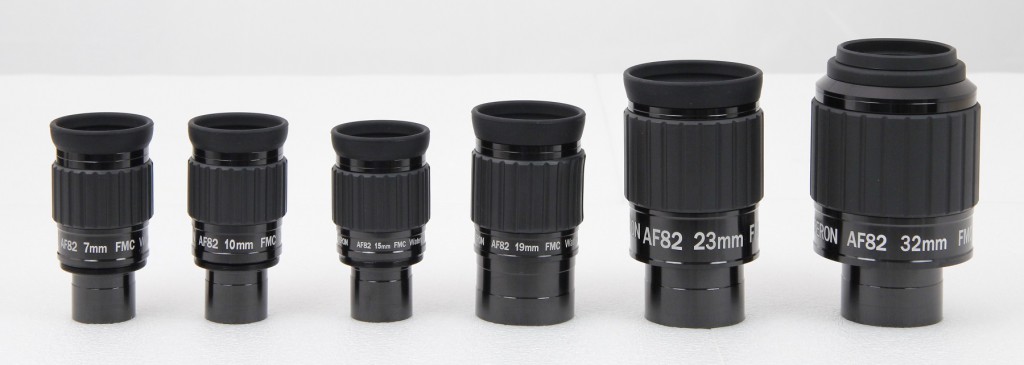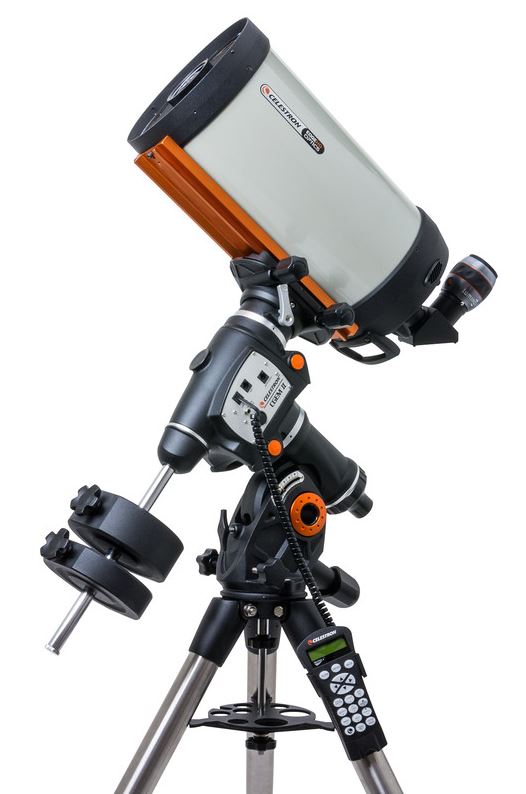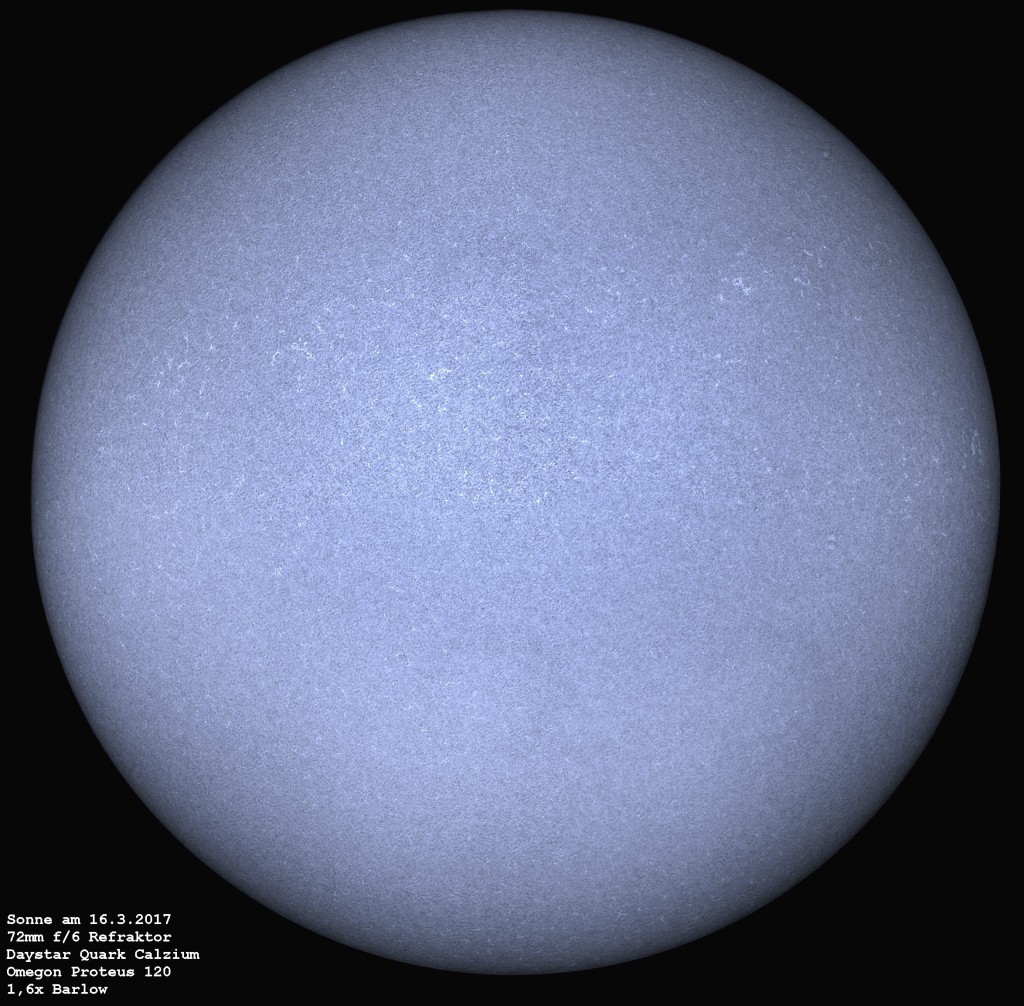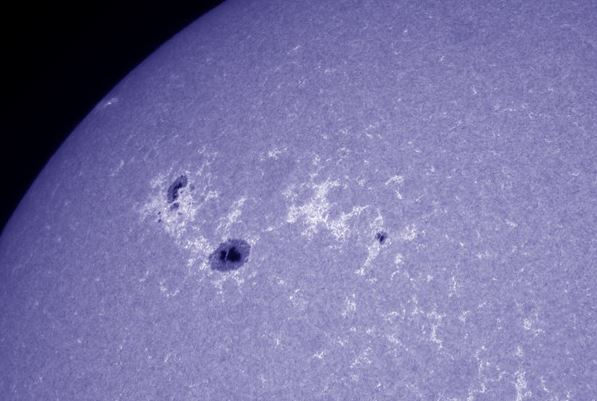The new Omegon Oberon eyepieces have an 82° field of view and thus provide you with an outstanding free and open view. Apart from this, they are waterproof and filled with nitrogen. At less than 200 Euros they have a remarkably reasonable price tag and are affordable for almost every hobby astronomer.
Waterproof and filled with nitrogen
You surely know the situation when eyepieces lose their shine. When dirt, pollen and the grease from your eyelids cover the eye lenses. This is normally the point at which eyepieces should be cleaned. But this is not as simple as it sounds, because lenses need to be cleaned with great care and using optical cleansing agents. Omegon eyepieces make it incredibly easy.
Simply flush the eyepiece off under running water. And your eyepieces gleam like on the first day.
The benefits of a large field of view
Wide-angle eyepieces are the dream of any stargazer. In contrast to the standard eyepieces with a 45° or 50° field of view, large-field eyepieces give you the impression of floating through outer space. Above 70° the eye does not perceive the outer edge of the eyepiece, and a starry sky appears almost endless. The Oberon eyepieces with 82° fulfil this task even better, because here the eye can even move within the field of view.
The Oberon eyepiece series consists of six eyepieces with focal lengths of 7 mm, 10 mm, 15 mm, 19 mm, 23 mm and 32 mm. The three small focal lengths are available in 1.25″, the three long focal lengths in 2″. Any star gazer knows that sometimes it is quite difficult to find an object. A 32 mm Oberon eyepiece like this makes things a lot easier: A small magnification coupled with an 82° field of view makes the big Oberon a perfect finder eyepiece.
But also a 7 mm eyepiece with 82° has clear advantages: Viewing the surface of the Moon with a high magnification while still seeing large areas of the lunar landscape – it is just amazing.
The advantages of Oberon eyepieces at a glance:
• Enduring: waterproof and filled with nitrogen – to protect against moisture and for a long service life
• 82° field of view: giant field of view, almost without limitation
• Goof grip: serrated rubber armouring
• Upscale design: anodised aluminium housing
Come this way: You can find further details on the product pages for the new Oberon eyepieces.




